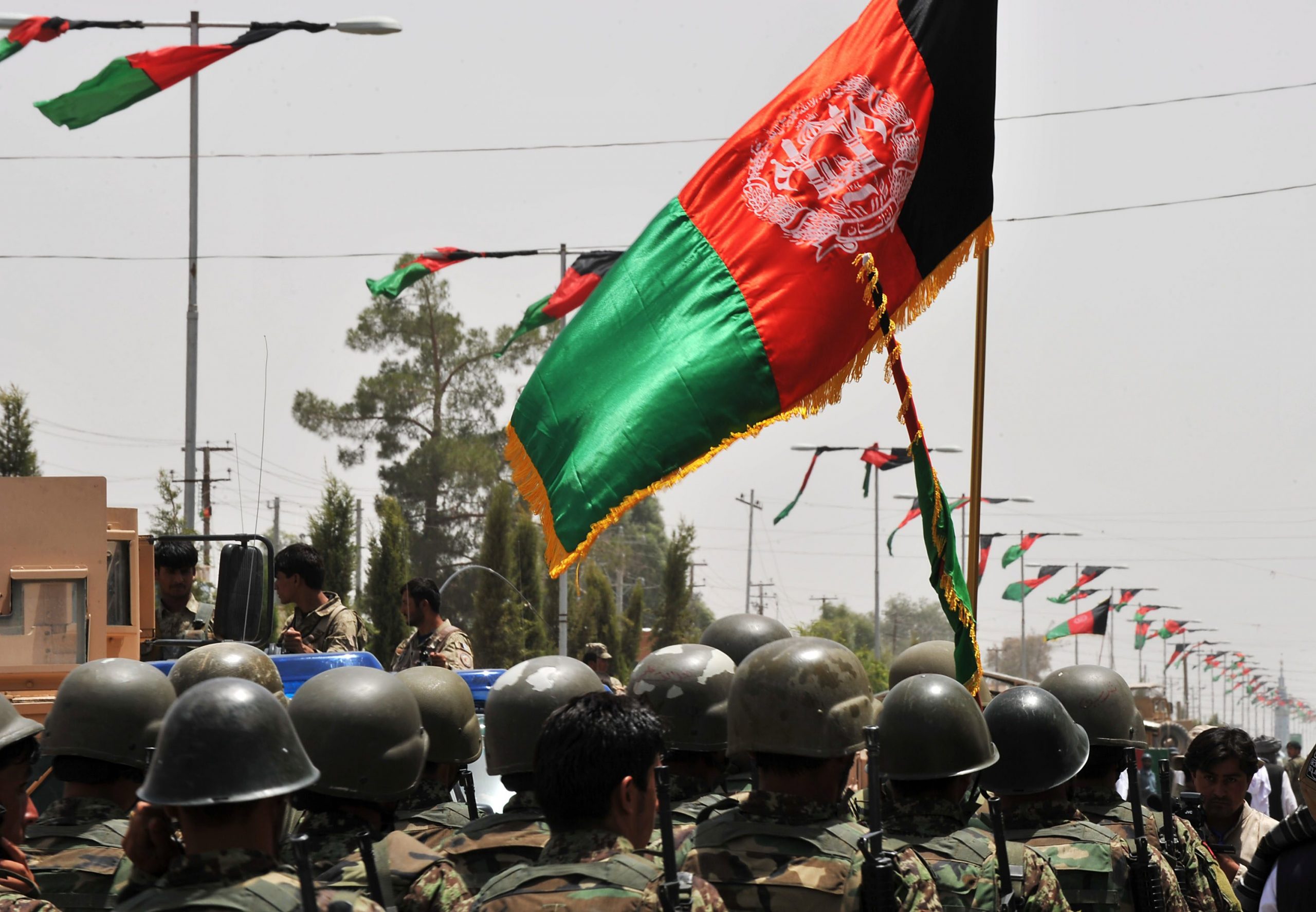There have been rising concerns over the security situation in Afghanistan as the Taliban makes more territorial gains amid a drawdown of foreign forces from the country.
The UN’s Assistance Mission to Afghanistan [UNAMA] said on Monday that up to 2,400 Afghan civilians were killed or injured in May and June alone, the highest number for those two months since it started recording data in the country in 2009.
In the report, UNAMA said that it recorded a total of 5,183 civilian casualties between January and June, including 1,659 deaths – a 47% increase in comparison to the same period last year. Out of those numbers, 14% were women and 32% were children.
Both numbers make up almost half of the recorded casualties since the beginning of this year. However, the report highlighted 2,392 civilian casualties in May and June alone, with 783 killed and 1,609 injured.
Civilian casualties have particularly increased since May, when the withdrawal of foreign forces began following a decision by US President Joe Biden to completely pull out American troops without conditions by 11 September.
“Of serious concern is the acute rise in the number of civilians killed and injured in the period from 1 May, with almost as many civilian casualties in the May-June period as recorded in the entire preceding four months,” UNAMA said in a statement.
UNAMA also warned Afghanistan is expected to witness its highest number of recorded civilian casualties in a single year if there is no significant de-escalation in the country to end the ongoing violence.
“I implore the Taliban and Afghan leaders to take heed of the conflict’s grim and chilling trajectory and its devastating impact on civilians,” said Deborah Lyons, the UN Secretary-General’s Special Representative for Afghanistan, calling on the warring factions to intensify their efforts to stop the fighting.
Qatar’s Al-Udeid base to house Afghan interpreters following US troop withdrawal
According to the report, most of the fighting in the May-June period took place outside Afghan cities, where the population is lower, raising concern over “catastrophic” civilian casualties if it expands to urban areas with higher population densities.
UNAMA said that Anti-Government Elements [AGEs] were behind 64% of the total civilian casualties, 39% of which by the Taliban, almost 9% by Islamic State-Khorasan Province [ISIL-KP], and 16% by undetermined elements.
“The leading causes of civilian casualties in the first half of 2021 were the extensive use of improvised explosive devices [IEDs] by AGEs, ground engagements between parties, targeted killings by AGEs, and air strikes by the Afghan Air Force,” read the report.
Meanwhile Pro-Government Forces [PGFs] were responsible for 25% of the recorded civilian casualties – 23% by Afghan national security forces and 2% by pro-government armed groups or undetermined PGFs.
Stalled peace process
Qatar has hosted the intra-Afghan talks since September last year in hopes of reaching a political solution to the ongoing war in the country, facilitating ongoing meetings between the Afghan government and the Taliban in Doha.
However, no progress has been made since then and the situation has only worsened following the beginning of the foreign troop withdrawal.
Last week, the Afghan government and the Taliban held senior-level meetings in Qatar, where the insurgent group said it “strenuously favours” a political solution to the ongoing conflict in Afghanistan.
There was no mention of a ceasefire at the talks which came as the Taliban made military gains.
On Saturday, Afghanistan’s ministry of interior announced the start of a night curfew across most of the country.
“To curb violence and limit the Taliban movements, a night curfew has been imposed in 31 provinces across the country,” except in Kabul, Panjshir and Nangarhar, the interior ministry said in a statement on Saturday.
Follow Doha News on Twitter, Instagram, Facebook and Youtube







